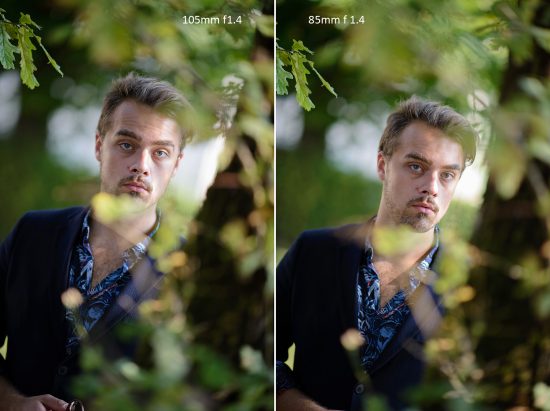
#BOKEH EXAMPLES NIKON 50 MM F1.2 PROFESSIONAL#
Professional S-line lens for mirrorless cameras Nikon Z. Nikon Nikkor Z 50 / 1.2 S - The lens has been produced from 2020 to the present day.Complex optical design with 17 elements in 10 groups, with 4 ED elements and 3 aspherical elements. It does not have automatic focus, but has a record aperture. Premium Lens for Mirrorless Cameras Nikon Z. Any double Gauss influence on the design is pretty hard to see. Three major manufacturers have recently introduced even more complex-design 50mm F1.2 lenses, containing 13 to 18 elements with multiple aspheric and low dispersion elements. Nikon Nikkor Z 58mm 1: 0.95 S Noct - The lens is available from 2019 to this day. Lens diagram of (left to right) Zeiss 55mm Otus, Sigma 50mm F1.4 Art, and Canon 50mm EF F1.2L lenses.Nikon N AF-S Nikkor 58mm 1: 1.4G Nano Crystal Coat SWM Aspherical (version better known as' 58/1.4') - the lens is only available in Japan from 2013 to this day. The 58mm f/1.4 G has swell bokeh, but not that much different from the 50mm f/1.4 G for a fraction of the price.Nikon 50mm 1: 1.4G AF-S Nikkor SWM (fourth version, MKIVbetter known as 'G' version) - the lens is only available in China from 2008 to this day.There are two subversions that are no different. Nikon 50mm 1: 1.4D AF Nikkor (third version, MKIIIbetter known as 'D'-version) - the lens is available from 1995 to this day.Nikon 50mm 1: 1.4 AF Nikkor (second version, MK II, also known as the 'N', or the 'NEW' version) - the lens was only available in Japan from 1991 to 1995.

Nikon 50mm 1: 1.4 AF Nikkor (first version, MK I) - the lens was produced only in Japan from 1986 to 1991.Why so, I can not explain.Īll Nikon 50-58 / 1.4 / 1.2 autofocus lenses The slower Nikkor 50mm f/2 and f/1.4 lenses perform about the same as this Nikkor 55mm f/1.2 when stopped down, and wide open they offer a slightly deeper depth-of-field which makes acquiring focus in low-light much easier. Also, a funny thing, in the out-of-focus area in front of the focusing object, the luminous points turn not into even circles, but into circles with the top and bottom cut off. Some notable examples from the period include Canon’s 50mm f/0.95 Dream Lens. Bokeh is interesting due to the huge aperture 1.2.

The Nikon Nikkor 50mm f / 1.2 AI-s bokeh is very, very good, although all markers taste and color are different. In the backlight it can catch hares, it is not afraid of side light. The lens has very, very little distortion - ideal for photographing portraits. The best ratio is maximum aperture \ image quality is achieved at F2.0, but even at 1.2 very wonderful pictures are obtained. To achieve the same sharpness as the Nikon Nikkor 50mm 1: 1.2 AI-s on Nikon AF-S Nikkor 50mm 1: 1.4G you will need to close the aperture to 2.8. HA are present, but on F2.0 they are completely retracted and on the F2.0 aperture the lens shows simply fabulous sharpness. Nikon Nikkor 50mm f / 1.2 lens AI-s gives a very plastic picture with good color reproduction and good contrast.

Maybe the difference in shutter speed between 1.4 and 1.2 it is difficult to feel, then the difference in the picture is on the face. Regarding the Nikon Nikkor 50mm f / 1.2 AI-s picture


 0 kommentar(er)
0 kommentar(er)
